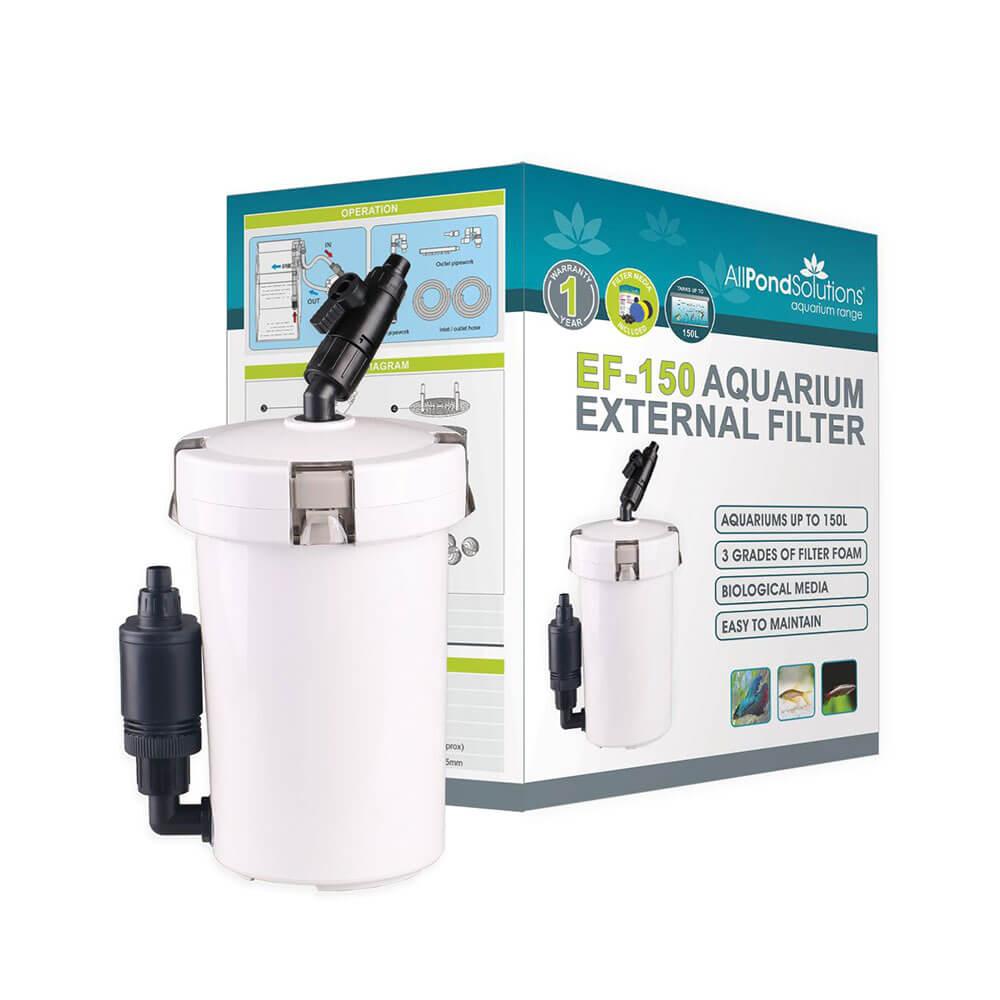The Ultimate Guide to Your First Fish Tank
Getting a fish for the first time is a really exciting prospect, but it also needs to be a carefully considered process, for both your sake and the fishes’.
What Kind Of Fish Do You Want To Keep?
Broadly speaking, there are three types of fish:
- Coldwater fish: these are considered the best for new fish keepers, as they are easy to look after. They include goldfish, loaches and orandas.
- Tropical fish: warm water set ups need a couple of heaters depending on the size of the tank. The fish you can keep are betta fish, cichlids, plecs and discus fish.
- Marine fish: the most time-consuming and expensive, a marine fish tank can be incredibly rewarding. You can cultivate corals, crustaceans and exciting fish breeds, such as clownfish, yellow tang and butterfly fish.
As you can see, different fish require different environments to live in, and it’s therefore important to think about the fish you want to keep before you buy equipment.
Learn About the Fish that You Want
Do as much research as you possibly can into the species of fish that you want to keep. What conditions do they need? What equipment do you need? How and where will you set up your tank? What do they need feeding? It’s also important to determine how big your fish will grow and choose the size of the tank that you need accordingly.
Buying Your Equipment
The general rule of thumb is one inch of fish per net gallon of water. However, it’s usually best to go with as big a tank as you can fit in your home. Beginners should avoid tanks under 20 gallons though, as mistakes in larger tanks are less likely to be lethal than small tanks.
You can sometimes buy starter kits, but if not, talk to an advisor at the shop or on the internet to make sure that you’re buying the right things for the size of your tank.
To start off, you’ll need:
- Light and timer
- Water filter
- An in-water thermometer
- Substrate for the bottom of the tank, such as specially made gravel
- Water conditioner
- Ornamentation
- Cleaning materials, including a siphon, buckets, and sponges
- A small fishnet
- Fish food
You may need extra items for use in tropical and marine tanks, such as heating elements and wave makers.
Setting Up Your Aquarium
- Position the tank in its final location, making sure that it is stable and secure, that you have easy access to any maintenance areas and plug points.
- Rinse the tank out thoroughly to remove any dirt, but do not use any chemicals whatsoever.
- Rinse out your substrate material, and add it to the bottom of your tank. Don’t bother smoothing it out, as adding the water will only ruin your hard work anyway.
- Fit the filter and the heater, but don’t turn them on yet.
- Dechlorinate and treat your tap water with the treatments you have, and fill the tank to the appropriate level.
- Spread the gravel or substrate to an even level. Rinse and add any decorations, turn the filter and heater on, and set the timer for the light.
Adding Your Plants and Fish
Leave your tank for a couple of days to make sure everything is working. When you’re satisfied, you can add some aquatic plants.
Plants are a great place for shy fish to hide, and to add depth and interest to your tank. They can be planted in the substrate with weights, or they can be left in the pots that they’re often bought in. After a week, when your plants are settled, you can get to the fun part – the actual fish!
When it comes to buying your fish, make sure that you don’t buy fish with damaged fins, or those that appear listless. Never buy a fish from a tank containing dead or dying fish.
Keep the tank light off while you introduce the fish, and for a couple of hours afterwards. Float the bag containing the fish on top of the tank water, and over about half an hour, gradually add water from the tank into the bag. Eventually, the temperature of the bag water and the tank water should match. Release your fish into the tank gently.
Don’t feed them on the first day, and then feed lightly until you have judged the appropriate amount of food for them.
Cycle Your Fish Tank
This is the process of establishing a bacteria bed in your biological filter to remove the toxins that the fish’s metabolism creates.
First, your filter will grow a culture of bacteria to digest the Ammonia that your fish produces as waste. However, this Ammonia turns into the more harmful chemical, Nitrite, so your filter produces bacteria that digest this Nitrite and turn it into Nitrate (which is harmless). Because your tank is a new one, this process won’t have been refined yet, so you need to help your fish survive this process.
Every couple of days, do a 10 – 15% water change. After about eight weeks, your nitrate levels should be acceptable (at trace level). Only do this process with a small amount of fish; you can add more later in small amounts (otherwise your filter will have to cycle again).
Congratulations, you should now have a working fish tank and some healthy tank inhabitants!
